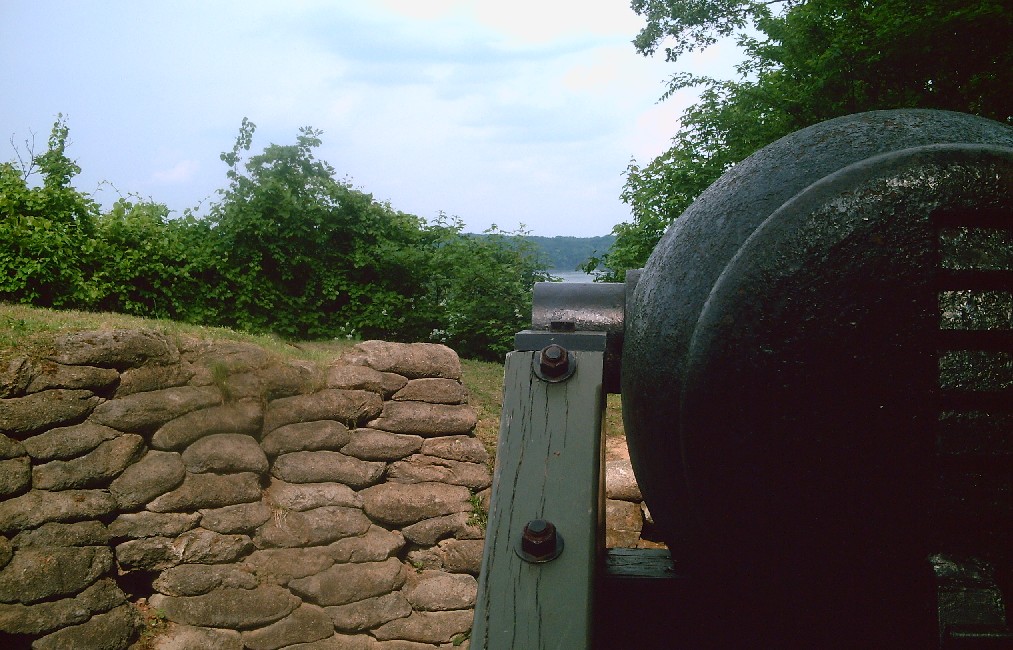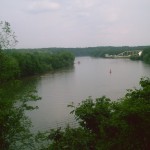Battle of Drewry’s Bluff 1862
If you have no interest in history or the Civil War, read no further. If you enjoy learning about the past, this will be the first entry in a short series about my visits to the Civil War battlefields in the Richmond, Virginia area.
Spring 1862 – After various setbacks including the Confederate victory at Manassas, Lincoln was eager to take the offensive and bring a speedy end to the war now in its 2nd year. The Union general, George McClellan proposed a march on the Confederate capital, Richmond, from the sea.
McClellan would land about 100,000 at the mouth of the James River and proceed up the peninsula and on to Richmond. The river would provide another supply line as well as naval gunfire support for the planned siege of Richmond. These events took place between March and August of 1862 and came to be known as the Peninsula Campaign.
McClellan had little trouble in the early days, with the Confederates falling back towards Richmond, some 70 miles from the ocean. On May 15, five Union gunboats tested Richmond’s defenses at Drewry’s Bluff just south of the city. The fort was situated high above a turn in the river and the gunboats were repulsed.
This was the first major setback for McClellan. The 2nd was the Confederate attack at Fair Oaks/Seven Pines (each army usually gave battles different names which can be quite confusing). The battle ended in a stalemate, but Confederate General Joseph Johnston was wounded. The next day Jefferson Davis gives command of the Army of Northern Virginia to Robert E. Lee, who would brilliantly turn the tide of the campaign and give hope to the Confederacy.
The pictures are from Drewry’s Bluff. Note the elevation looking down on the river. It must have been impossible for Union gunners to effectively fire at that angle. Also note the earthworks that are still quite impressive even after 150 years of erosion. I estimated they had to have been 12 feet high and more than six feet thick in their prime, probably reinforced with timber and stone for added strength.
It was surrounded by a very steep drop on three sides. The fort remained in Confederate hands for the entire war and Union gunboats never penetrated past that point of the river.
Another trivia tidbit from the fort, John F. Mackie became the first U.S. Marine to receive the Medal of Honor for conspicuous bravery during the gunboat battle at Drewry’s Bluff.
Eastern Virginia is very much like Southeast Texas in that it is near the ocean and covered with swamps, creeks and rivers flowing towards the coast. This had a major impact on the planning and tactics for the battles fought in this part of the country as you will see in future dispatches.
Note: The Fair Oaks/Seven Pines Battlefield has been lost due to development. Only a sign and cemetery remain to mark the event in the Seven Pines community.
Short video from Drewry’s Bluff:
Location of battlefield:
For Further Reading:
Battle of Drewry’s Bluff – Wikipedia
The Battle of Drewry’s Bluff, May 15, 1862 – National Park Service








